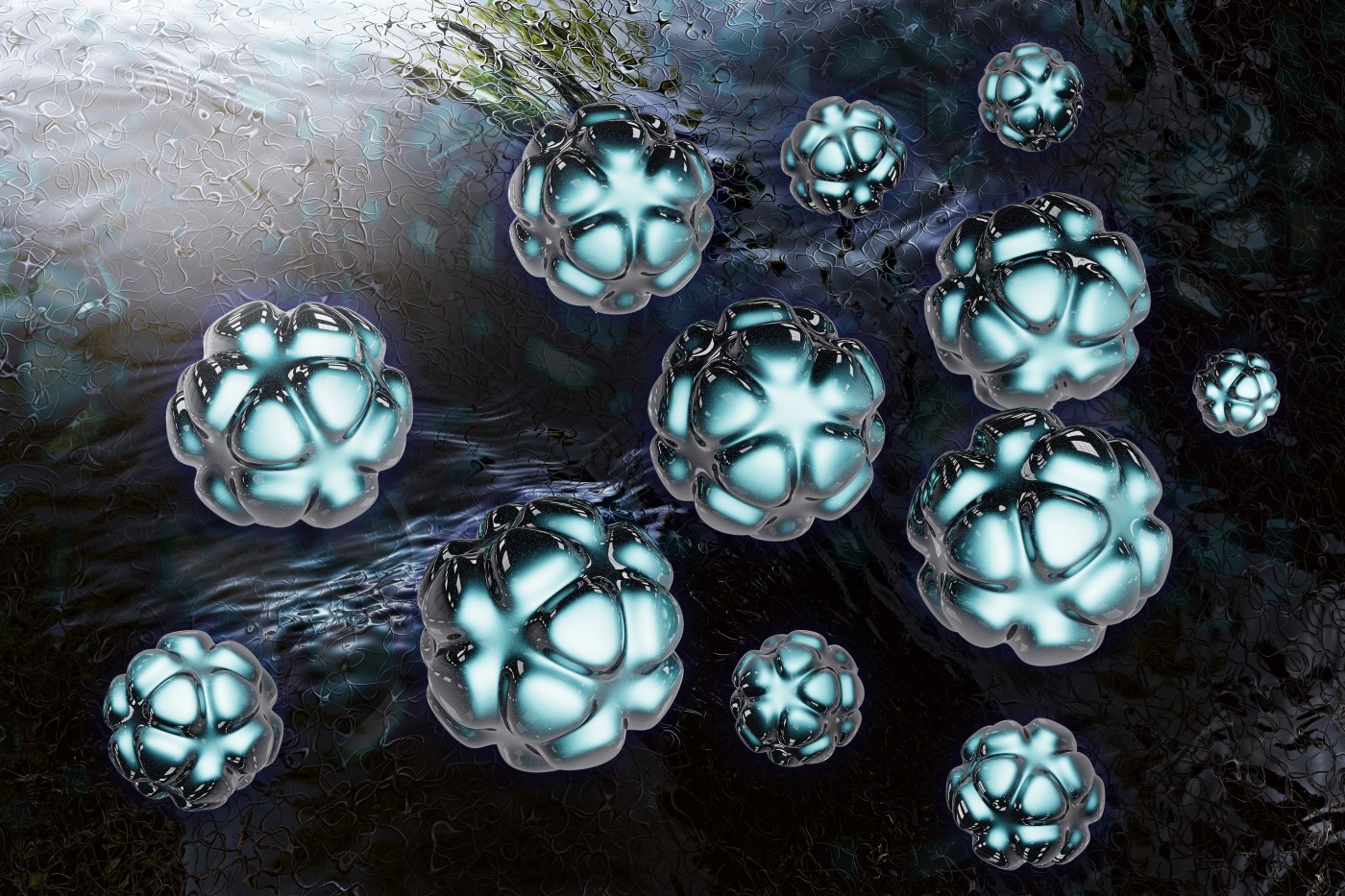 An international multidisciplinary team published a study in the journal Nano Research establishing the safety of specific nanoparticles for cancer therapies using human skin cells. The study is entitled “Cytotoxicity and non-specific cellular uptake of bare and surface-modified up conversion nanoparticles in human skin cells.”
An international multidisciplinary team published a study in the journal Nano Research establishing the safety of specific nanoparticles for cancer therapies using human skin cells. The study is entitled “Cytotoxicity and non-specific cellular uptake of bare and surface-modified up conversion nanoparticles in human skin cells.”
Nanotechnology corresponds to the manipulation of matter at the molecular scale and it has allowed significant advances in the field of cancer diagnosis and treatment. Nanoparticles-based cancer therapies employ nanoparticles that selectively target cancer cells, but not healthy cells, accumulating within the malignant cells. Nanoparticles are usually designed to carry diagnostic agents or drugs against the tumor.
Upconversion nanoparticles (UCNPs) are one of the most promising types of nanoparticles for cancer diagnosis and treatment. They are a new generation of fluorophores able to convert near-infrared radiation (which has a high penetration depth in tissues) into visible radiation, making it possible to identify cancer cells, attack them and monitor treatment.
Before applying nanoparticle-based therapeutic methods, it has to be determined whether nanoparticles can cause any harm to healthy cells. In this article, the research team conducted the first systematic study to assess the safety of UCNPs for the treatment of skin cancer like melanoma and other skin-related diseases.
“Despite the fact that there’re a large number of studies on the cytotoxicity of UCNPs, all of them are circumstantial in a way, because the study of this problem was peripheral for their authors,” said one of the study’s authors Dr. Elena Petersen from the Moscow Institute of Physics and Technology (MIPT) in a news release. “We’ve done the first systematic study of the effects of nanoparticles on cells.”
The research team analyzed one of the most common UCNPs – NaYF4:Yb3+:Er3+, which is derived from sodium yttrium fluoride (Na[YF4]) doped with the rare-earth elements ytterbium and erbium. The absorption and cytotoxicity of these UCNPs was evaluated using fibroblast cells (connective tissue cells) and keratinocytes (epidermal cells) of human skin.
Researchers found that UCNPs cytotoxicity is dependent on the cell type assessed, as they were found to be non-toxic for fibroblasts but slightly toxic for keratinocytes where cell viability ranged between 52 and 100%. This toxicity observed in keratinocytes was found to be dependent on the UCNPs concentration used, suggesting that these particular cells can be employed as a tool to evaluate the safety of UCNPs. Apart from the “naked” nanoparticles, the team also analyzed different polymer coating in nanoparticles to establish which ones were safer. Hydrophilic poly(D,L-lactide)- and poly(maleic anhydride-alt-1-octadecene)-coated UCNPs were found to be the least cytotoxic, and were readily internalized by skin cells. In contrast, nanoparticles coated with polyethylenimine were found to interfere with keratinocytes metabolism.
“This study is an important step towards beginning to use UCNPs to diagnose and treat skin cancer and other skin diseases,” concluded Dr. Petersen. It is estimated that almost 5 million individuals are treated every year for skin cancer in the United States, and that in 2015 almost 10,000 individuals will die of melanoma, the most dangerous form of skin cancer.


